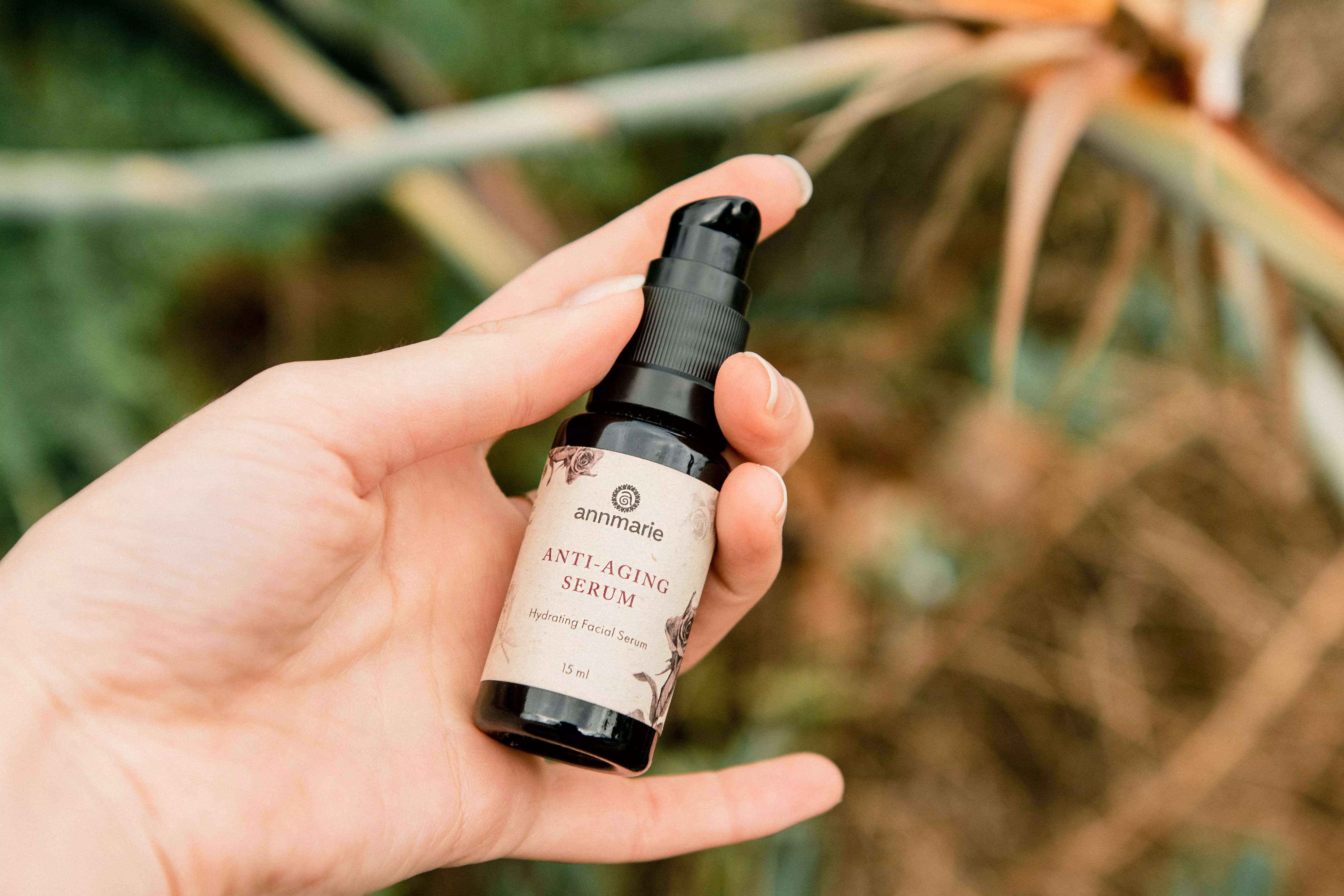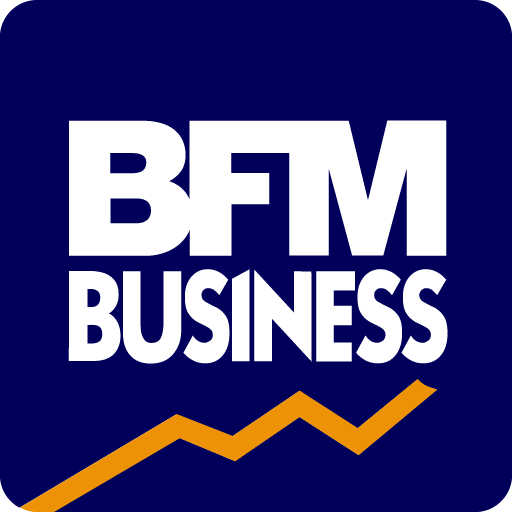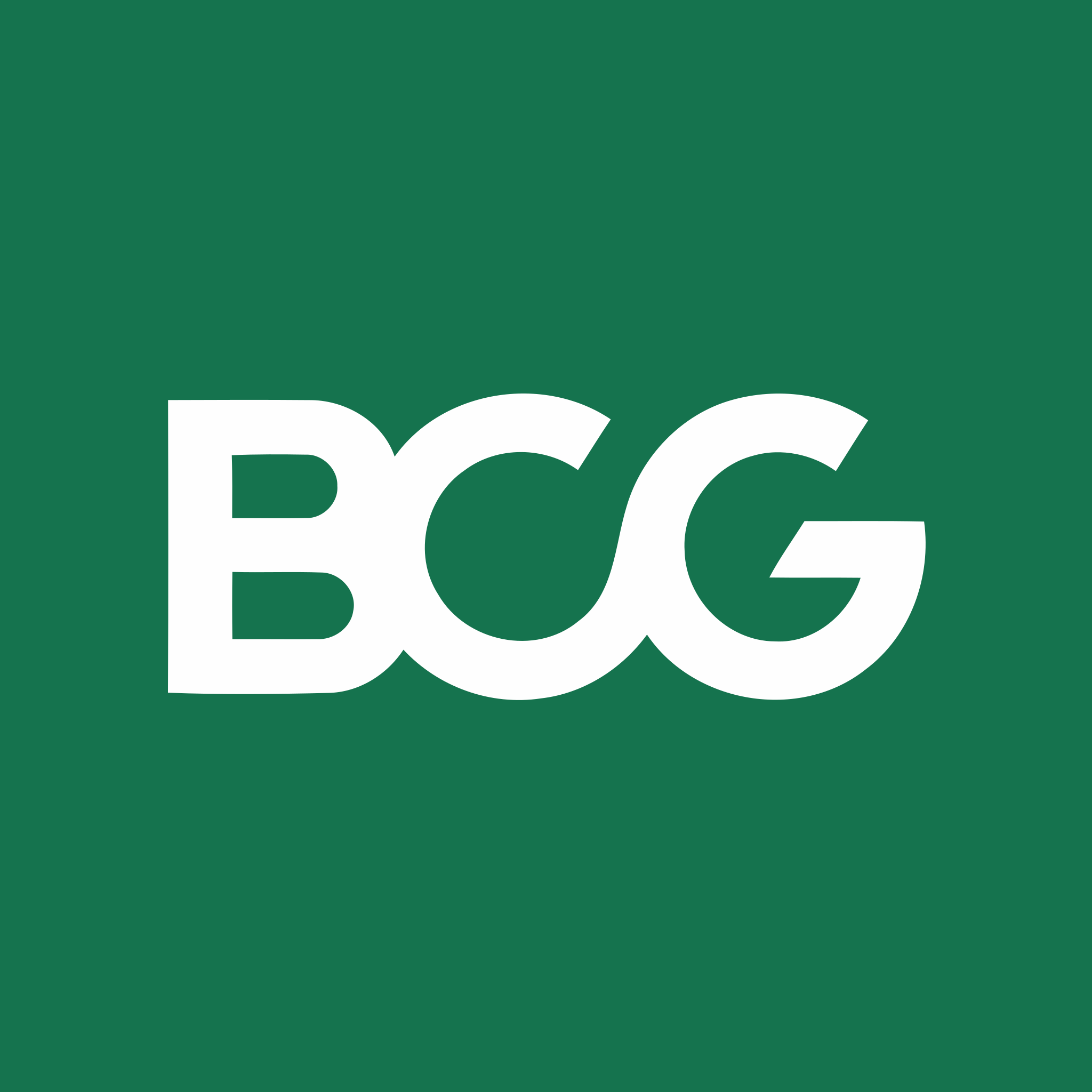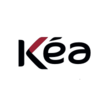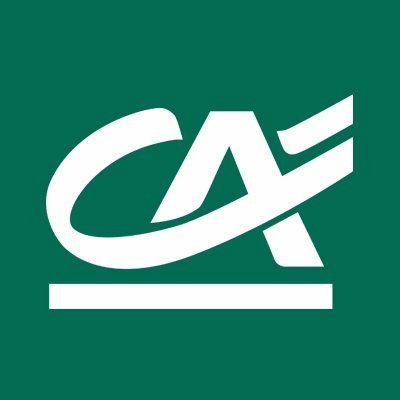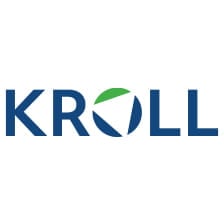Detailed content of our market study
 Inforamtion
Inforamtion
- Number of pages : 35 pages
- Format : Digital and PDF versions
- Last update :
 Summary and extracts
Summary and extracts
1 Market overview
1.1 Definition and scope of study
The organic cosmetics market represents a sub segment of the larger market for cosmetics. A cosmetic includes any substance used to clean, moisture or alter a person’s skin, hair, nails or teeth.
Cosmetics can be distinguished in two categories:
- Beauty products: e.g. make-up, perfume, skin cream
- Care products: e.g. shampoo, soap, deodorant
Organic personal care and cosmetic products are expected to not contain chemicals such as parabens, phthalates, aluminum salts and petrochemicals, which are potentially harmful to an individual’s health. However, there are several gray areas regarding the distinction between the terms ‘organic’ and ‘natural’ as it will be discussed further on.
Nevertheless, for a cosmetic to be considered organic, it has to contain, in principle, at least 95% of the ingredients certified as organic. [Soil Association]. The public opinion tends to identify them as those products containing ingredients derived from nature and not processed.
Despite macroeconomic circumstances in the last decade and recent turbulences regarding the pandemic, the Portuguese market for beauty and personal care remains rising. With an intense competition new brands are emerging rather quickly, and new products are being launched every year.
This growth is a result of several factors, such as the growing distress of Portuguese consumers regarding environmental issues and the rising concern towards their current physical appearance. In addition, the rising population's standard of living allowing Portuguese to travel abroad and have greater exposure to other cultures, where makeup is part of the daily female routine, are also factors to take into account.
Unlike other European countries such as Italy, UK and Germany, the organic sector is not yet consolidated, showing a considerable potential for investments. In fact, the country represents less than 4% of the total value of organic products in the EU. Nevertheless, the market is expending both from the demand side, with consumers leaning towards natural and biological, and from the supply side, with companies offering each time more possibility of natural products, expanding from alimentation to personal care.
1.2 The cosmetics market as a whole
The total retail sales value of beauty and personal care amounted to US$ ***.* billion in ****. The market is expected to grow in next decade, reaching US$ ***.* billion in ****, already accounting for the impact of the pandemic in the sales. The graphic below underlines a *.**% CAGR from **** to ****.
Market value of beauty and personal care industry Global, ****-****, in billion dollars Source: ****
The main segments that fuel this market are cosmetics and, specially, skin care products, assisted by the recent generational shift with young consumers entering the market. Along with that, other factors are helping to boost the sector, such as promotions through social media, internationality, and e-commerce.
The organic cosmetic industry: a global rise
The organic cosmetic industry is an example of trend driven market, whose value is highly influenced by consumer behaviors, as the search for natural products against processed one is taking command. The market reached a total global value of US$ ** billion in ****. It is expected to grow at a *.**% CAGR, reaching US$ **.* billion in ****, following its upward trend experienced in recent years (***).
Market value of the organic cosmetic industry Global, ****-****, in billion dollars Source: ****
Globally consumer preferences for natural products are evident (***). Increasing disposable income coupled ...
1.3 The Portuguese green beauty market
In Portugal, the retail value of cosmetics and personal care as a whole amounted to € *.*** billion in ****. [***] Nevertheless, organic labelled products are witnessing rising interest beyond groceries, with an incredible interest increase in apparel, tissue, hygiene and beauty segments. However, cosmetics remain as the largest consumption level after food and beverages.
In the closest country: Spain, the share of organic cosmetics Is given by STANPA -The National Association of Perfume and Cosmetics, indicated that organic cosmetics accounted for **% of the overall cosmetic market within the country. [***] This share is close to what we observe in Italy (***).
Unlike other European countries where the predisposition to buy beauty and personal care products already comes naturally and historically, in Portugal, brands must make an investment effort in marketing to generate demand. Portuguese consumers keep in mind conscious consumption and cost-benefit ratio, which enable retailers' white brands to take advantage of this by developing cheaper products in the sector. Brands will continue to invest in more natural and innovative products as a way to stimulate sales. The category of conditioners is forecast to display a strong growth, with a high penetration of masks and oils. And products for scalp treatment are likely to rise as ...
1.4 International trade
UN Comtrade provides data on production outcomes. For the category “cosmetics, beauty, make up, skin care preparation, manicure or pedicure preparation ****” in **** exports in Portugal amounted to approximately US$ **.*** million while imports to US$ ***.*** million.
Trade of cosmetics Portugal, ****-****, in US$ million Source: ****
We can notice that, throughout the last years, imports and exports have not displayed substantial changes, besides the increase in importation between **** and ****. Moreover, it is possible to affirm that Portugal is a net importer of cosmetics (***), with no signs that the country is walking toward a path of less dependency on imports of this kind of products.
Geographically
Moreover, by breaking down the trade partners geographically, we observe that the top five countries where the Portuguese exports to are Spain, Angola, Hong Kong, Germany and the United States. Together they account for approximately **% of the total export value in the sector.
Main destination of cosmetics Portugal, ****, in % Source: ****
Similarly, the top five importing countries - Spain, France, Italy, Germany and Poland – account for a total of **% of all imports.
Main origins of cosmetics Portugal, ****, in % Source: ****
In the international trade as a whole, we notice a clear dependency from Portugal’s fellow European neighbors, especially regarding ...
1.5 Covid-19 expected impact
The measures of social distancing and lockdowns imposed in Portugal and in other countries have severely impact the cosmetics market. Besides the shock in supply, the virus has also caused an impact in the potential demand. This is because shopping for cosmetics may not be considered first priority as consumers respond to the pandemic by streamlining their beauty routines and reviewing their priorities. Thus, during lockdown, not only several individuals were unable to go purchase, but, in the short run, many clients might choose to postpone their trip to a shop, given the circumstances. In other words, **** proved to be a challenging year for the sector, as consumers refine their grooming routines and reduce spending on unnecessary products.
Moreover, it is expected that the slowdown of the economic activity and the rise in unemployment rates will weaken spending power, probably resulting in a downgrading from premium to lower price products, affecting the demand for certain segments such as organics, which a has above average price. In the same train of thought, it is likely that premium brands will take a bigger hit, as necessity takes priority over luxury.
However, it is also probable that the clean/conscious movement will be reinforced, ...
2 Demand Analysis
2.1 Demand analysis and segmentation
The Portuguese Association of Distribution Companies indicates that **.*% of Portuguese consider to be important to buy organic products. In fact, * million people in the country actually do it every year. This type of consumption is predominant especially among women, individuals over ** years of age, residents in the southern region and in the upper and upper middle social classes.
The per capita expenditure on cosmetic products in Portugal amounted to about €*** in ****. [***]
Although it can be considered a consolidated market, the cosmetic industry it is not immune to transformations, and the rising demand for greener products is gaining ground, compelling players to adapt in order or maintain (***) market share.
The market for natural and organic cosmetics in Portugal is highly influenced by consumers’ perception and awareness. Consequently, the product demand is subjective, being strictly interconnected to the end consumer. In other words, the awareness in terms of environment, ethics and health seems highly correlated with the willing of clients to purchase organic products. [***]
**% of Portuguese believe that they are, on a daily basis, aware of sustainable consumption and that they are taking action in this direction. Regarding the selection at the time of purchase, the price remains the most important criterion ...
2.2 Drivers of demand
Natural and cruelty-free awareness have rised on social media
In recent times, there is this a clear movement among the beauty blogs and social media accounts in favor of natural and cruelty-free products. Those channels that started as niche committed to the benefits of going chemical-free, are becoming more popular, and, thus, enhancing consumers´ information. [***]
Demand Gap
Although most consumers seem to be satisfied by the selection of natural beauty products available at the retailers shelfs or in their online sites. In other words, it seems like the supply has not yet met the demand when it comes to variety and selection range. This mismatch has proven to be one of the obstacles for the market to increase even further.
An interesting example of that was the creation of the The Green Beauty Concept, a Portuguese online platform, created in ****, that only sells products made with natural and organic ingredients like rosemary, oats, rosehip and clay sells. This is because the shop was created by a former consumer, that was struggling to find fine and affordable organic cosmetics products to give as a gift and saw this as an interesting and unexplored business opportunity.
Other proxies for the importance of ...
3 Market structure
3.1 Production breakdown and dynamics
The global organic sector has been developing at a fast pace. In fact, in ****, the world had *.* million organic producers, a growth of *,***% since ****. In the same year, certified Portuguese producers and processors of organics amounted to over *.* thousand. [***]
Although the country’s organic sales have only increase in the past decade, it is still not identified in the top ** countries with largest numbers of organic producers, which shows the potential of this market for new players to enter
Organic producers Worldwide, ****, by number of producers Source: ****
Organic area Portugal, ****-****, in thousand hectares Source: Eurostat Regardless of the geographic limitations on arable land, we can see by the graph above, that the hectares of organic land have presented a steady increase over the years (***). [***]
3.2 Market analysis and dynamics
Regarding cosmetics as a whole, we undoubtedly have a highly competitive market. More than *.*** companies operate in the Portuguese beauty and personal care market, with more ** thousand establishments that operate in the sector of hairdressing salons and beauty institutes that also commercialize this kind of products. There are several well-established players, with the majority of them among the top consumer goods companies and a large consumer base. The impact of major players on the market is quite high as majority of them have a global presence. [***]
Those well-established players have strong and vast distribution networks and face not only a fiercely run terms of new product launches, but several processes of mergers and acquisitions, expansions and partnerships. As a consequence, we have leading players investing heavily on research and development in order to come up with innovative products that can help them gain more shares of the market. [***]
L’Oréal is to be the main player by a significant margin, due to its wide presence across the market and its leadership in key product areas such as color cosmetics, hair care, sun care and skin care. Procter & Gamble is the second largest, followed by Unilever. Together, nevertheless, those companies account ...
3.3 A transformation of the distribution channels
Portuguese cosmetics market, evaluated through the turnover has an equal distribution between retail cosmetic and beauty institutes/saloons: **.*% and **.*%, respectively. In addition, in ****, Portugal had over **,*** locations that offer beauty services **% of them were hair salons and **% beauty salons. The total turnover from these establishments amount to more than €*** million. [***]
At the same time, most Portuguese favor the mass market for the purchase of cosmetics often incorporated in shopping centers or malls. Many consumers do their weekly shopping at large distribution outlets and prefer to also make use of this time to shop for cosmetics and toiletry instead of going to a specialty store. [***]
In this context, **** was characterized by the records of the so-called own brands or white brand, with investments and strategies each time better delineated, and a penetration rate of **% (***) are among the greatest success, with makeup being the most dynamic category growing to * digits vs. the *.*% in value in the total market. [***]
In spite of the success of big retailers, when it comes to organic products specifically, there has been historical dominance of specialized shops. For years, indeed, organic cosmetics were sold exclusively through bio stores, serving as a reference channel for organic cosmetics. Those stores are ...
4 Analysis of the offer
4.1 Product analysis
According to COSMOS - the international non-profit bio standards organization - organic cosmetics contain five categories of ingredients:
- Water
- Mineral ingredients
- Agro-ingredients physically transformed
- Agro-ingredients chemically transformed
- Other ingredients
Agro-ingredient: “any substance of plant, animal or microbial origin derived from agriculture, aquaculture or harvesting”. [***]
Every category of ingredient has to respect specific requirements and follow different regulations. Additionally, it is necessary to identify the bio percentage in each category. The rules are further discussed in the Regulation section, along with other details about different kinds of labels.
Nowadays, there are more than ** thousand certified organic and natural products on COSMOS database, and more than ** thousand certified organic and natural ingredients.
4.2 Supply structure
The market for cosmetics and toiletries is fairly fragmented in Portugal, although extremely competitive, being subject to continuous new launches and product innovation, in order to maintain loyalty of consumers.
If we divide the analysis of the whole cosmetics market by products, we see that the distribution of value in terms of market share is somewhat balanced across the segments. Indeed, there are only two products with more than **% in terms of market share. Although the share of colour cosmetics is indeed lower than the rest of the products.
Value market share of cosmetic by product Portugal, ****, in % Source: ****
4.3 Supply trends
Anti-aging
There is indeed an increasing demand for multi-functional cosmetic products such as anti-wrinkle creams. Mature women represent the greatest portion of this trend, as they are waiting for the encounter between technological advances and natural remedies to give its favorable outcomes. [***]
Mono-portions
A unique packaging that enables the product to be more versatile and multifunctional. It indeed allows the consumer to have more than one customer experience. Mono portions are becoming increasingly more available on the market and are chosen by customers, as able to satisfy their specific needs.
Virtual customer experience and social media promotion
As E-Commerce is becoming increasingly relevant in all product categories as a non-traditional distribution channel, different additions to the effectiveness of the channel are becoming available. major producers of natural personal care strong web presence. Strategically designed websites of companies have encouraged visitors to purchase their products directly from company websites. In the cosmetics market in particular it is worth mentioning the potentiality of an online customized experience: the possibility of virtually applying and testing cosmetics.
Moreover, most of these companies are also promoting their products throughout social media platforms, either by their own page or through influencers and famous figures. Advertisements displayed ...
5 Regulations
5.1 Regulation
Organic cosmetic products commercialized in Portugal are subjected to the European regulation regarding cosmetics (***) and regarding organic products CE ***/**** and CE ***/****. The former relates to the organic production and the labelling of organics, and the second on the implementation of the rules of EC ***/**** with regard to production, labelling and control.
In this context, a new legislation on organic production is due to enter into force on * January ****. The new legislation aims to ensure fair conditions of competition for producers, prevent fraud and maintain consumer confidence by the following means:
simplification of production rules strengthening the control application to third-country producers of the same rules as EU producers increasing the list of products covered by organic production rules (***) facilitating certification for smallholder farmers through a new group certification system harmonization of the approach to reduce the risk of accidental contamination with pesticides phasing out of production exemptions in demarcated greenhouse sands
Moreover, there is still great confusion over the definition and identification of “organic” or “biological” cosmetics.
Natural cosmetics: contain nature derived extracts and/or nature derived ingredients (***). The term "natural" is not fully regulated, which means that any company can stamp the word on a label, even if the product ...
5.2 Portuguese and private certification processes
Organic certification is the ultimate standard for beauty products. In Portugal, the certification of organic is carried out by ** private control bodies accredited by the Portuguese Institute of Accreditation and Certification (***). The certification is a control system, with the specific European regulation and a Portuguese standard, which guides the practices of the actors in the production, processing, distribution, storage, import and export chain of organic products.
Bellow, we display some of the most globally known organic certification for cosmetics.
Source: ****
In Europe the Soil Association (***) are in collaboration, forming an internationally recognised cosmetic organic standard known as COSMOS, which ensure that beauty products meet the standards they claim to.
COSMOS Organic standards set the following requirement in order a products to call itself organic: be **% composed of organic ingredients, use only natural colour and fragrance and use traceable and sustainably-sourced ingredients that are never tested on animals. If the product contains organic ingredients but not **%, it can however display the "made with organic"certification, requiring a minimum of **% of organic ingredients for leave-on products (***).
Producers may also apply for the COSMOS natural certification, which is entitle to products that align with the principles of organic products but with only three differences: ...
6 Positioning of the players
6.1 Segmentation
- Estée Lauder
- Unilever Groupe
- Coty (JAB Holdind)
- L’Erbolario
- Aveda (Groupe Estée Lauder)
- Lush
All our studies are available online in PDF format
Take a look at an example of our research on another market!
 Choosing this study means :
Choosing this study means :
Access to more than 35 hours of work
Our studies are the result of over 35 hours of research and analysis. Using our studies allows you to devote more time and added value to your projects.
Benefit from 6 years' experience and over 1,500 industry reports already produced
Our expertise enables us to produce comprehensive studies in all sectors, including niche and emerging markets.
Our know-how and methodology enable us to produce reports that offer unique value for money.
Access to several thousand articles and paid-for data
Businesscoot has access to all the paid economic press as well as exclusive databases to carry out its market research (over 30,000 articles and private sources).
To enhance our research, our analysts also use web indicators (semrush, trends, etc.) to identify market trends and company strategies. (Consult our paying sources)
Guaranteed support after your purchase
A team dedicated to after-sales service, to guarantee you a high level of satisfaction. +44 238 097 0676
A digital format designed for our users
Not only do you have access to a PDF, but also to a digital version designed for our customers. This version gives you access to sources, data in Excel format and graphics. The content of the study can therefore be easily retrieved and adapted for your specific needs.
 Our offers :
Our offers :
the organic cosmetics market | Portugal
- What are the figures on the size and growth of the market?
- What is driving the growth of the market and its evolution?
- What is the positioning of companies in the value chain?
- Data from several dozen databases
5 reports pack (-15%) PT Portugal
- 5 reports at €75.6 excluding VAT per study to choose from our Portuguese catalogue for 12 months
- Save 15% on additional studies purchased
- Choose to be refunded any unused credit at the end of the 12-month period (duration of the pack)
See the terms and conditions of the pack and the refund of unused credit.
